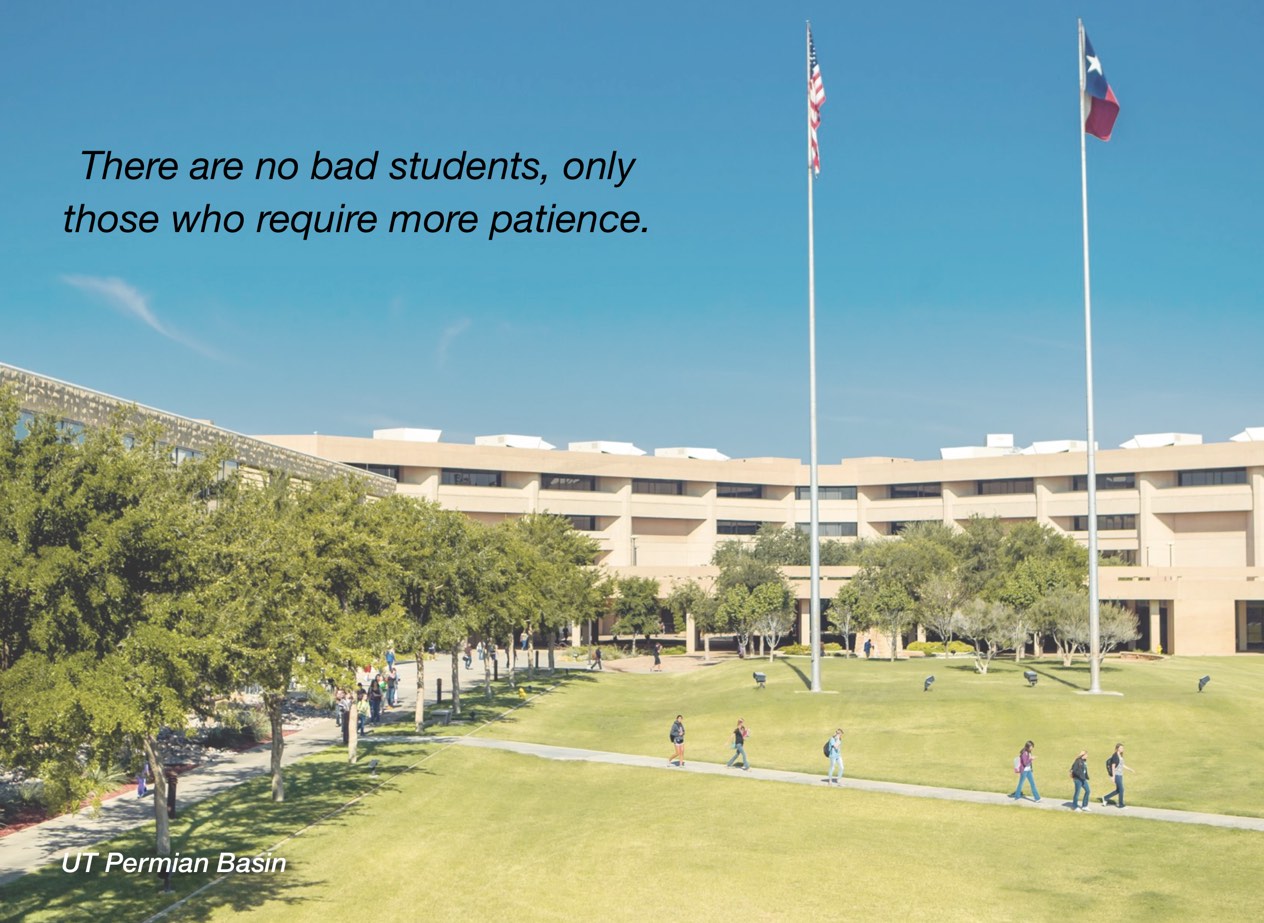19 Stories Make You Interesting


John Daly
When I began teaching I enjoyed visiting classes taught by well-respected colleagues in a variety of fields. I was searching for the “secret” to good teaching. Most teachers I watched were substantive, well prepared, and fair. But the very best did something more – they were marvelously engaging. Every lecture was stimulating. They said or demonstrated something in each session that sparked my imagination. They talked about ideas I desperately wanted to tell others about. I left each of their classes feeling I had learned something immensely valuable.
How did they do this? My observation was that all the great teachers were splendid storytellers. They told tales that intrigued and that made important points. Every discipline had its stories: stories of discovery in the sciences, stories of leadership in the business school, and stories of great thinkers in philosophy and literature.
To become a better storyteller, you need to understand the structure of stories. It’s quite simple. In a story, you have a setting. You have characters, and those characters have goals. They face obstacles but they overcome those obstacles and achieve their goals. And they learn from the experience. What are the ground rules for good stories? Stories must have a point, be told quickly, delivered vividly, and focus on things listeners understand. They must be fresh. The best stories are, to some degree, unpredictable. Students don’t know what’s going to happen until the end of the tale.Many inexperienced teachers say they’re not good storytellers. They may not recognize that we all have stories in us. I am not sure you can feed a young child a meal without telling stories. Have too much to drink at a party and you will probably become a storyteller.
You must train yourself to be a story collector. When preparing lectures I always try to remember or create some story related to what I am talking about. I might turn a dry academic study into a story of exploration and discovery. (For example, some intrepid researchers [name the place and their names] wanted to study x. They were intrigued because of such and such, so they conducted a study [tell how they did it]. The results were not at all what they expected. They redid the study and changed one variable but still got unexpected results. Finally, they figured out what was really happening and today we know this useful information.) The first time I tell a tale in class it is often awkward. My timing isn’t down. I tell too much or too little. But each semester I tell the story again until it becomes a compelling tale. (By the way, a real perk for faculty is that we get a new batch of students every semester. We can use our same favorite stories year after year.)
Some people are convinced they can’t tell stories. If that’s true in your case, then instead collect and communicate interesting factoids. Take a tour of a museum or park. What do you remember when you leave? The stories and factoids. When teaching any subject, savvy teachers find fascinating facts that most people don’t know and then populate their lectures with them. When I read anything, I am always searching for interesting factoids that I can use in class. A few years ago I read a biography of Benjamin Franklin and learned that he was one of the first published gossipmongers in the United States. Indeed, he proudly defended gossiping. Who knew? Now, when I teach how common gossip is – how even famous people do it and have done it throughout history – I’ll ask something like, “Who was the most famous gossip columnist in eighteenth-century United States?”
Try it out. Because you get a new audience every semester, even if you blow a few stories this semester, you can keep trying until you get them right. You’ll be a more engaging teacher for that effort.


Chapter 19 Commentary: Alex Piquero
“I have had the wonderful opportunity to work and publish with some of the field’s most prominent scholars. When I teach criminological theory, I weave in stories about my time as a graduate student attending my first academic conferences where I went to the panels of famous scholars. After their talk, I would introduce myself and in some cases, the meeting went longer. I weave these stories about meetings, cocktails, boat rides, and getting lost in London that help give students the content they need and reinforce the fact that I and the “stars” of our field are just people, who do all kinds of normal and crazy things.
For over twenty years, I was also the bass player in a rock band that played at every meeting of one of our professional societies. Those Friday night shows with a packed house of criminologists were memorable not just from seeing the smiling faces of the people I read in grad school, but also the stories I could tell about their dancing abilities have made many of my classroom discussions legendary.
Students will remember some of your content (hopefully, more than some!), but they will be more likely to remember the environment within which you provided for their learning. Stories remind us that we are all the same.”

